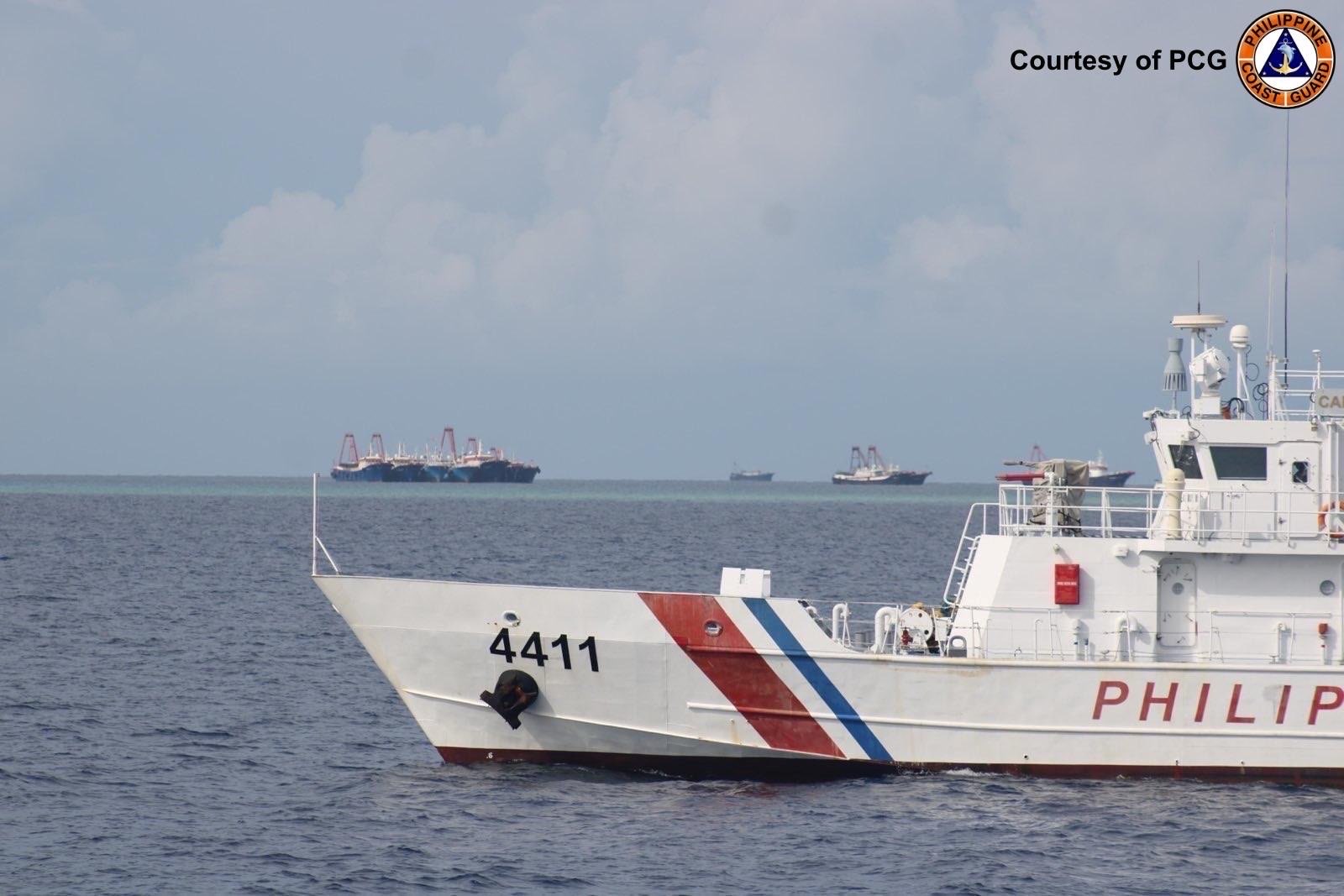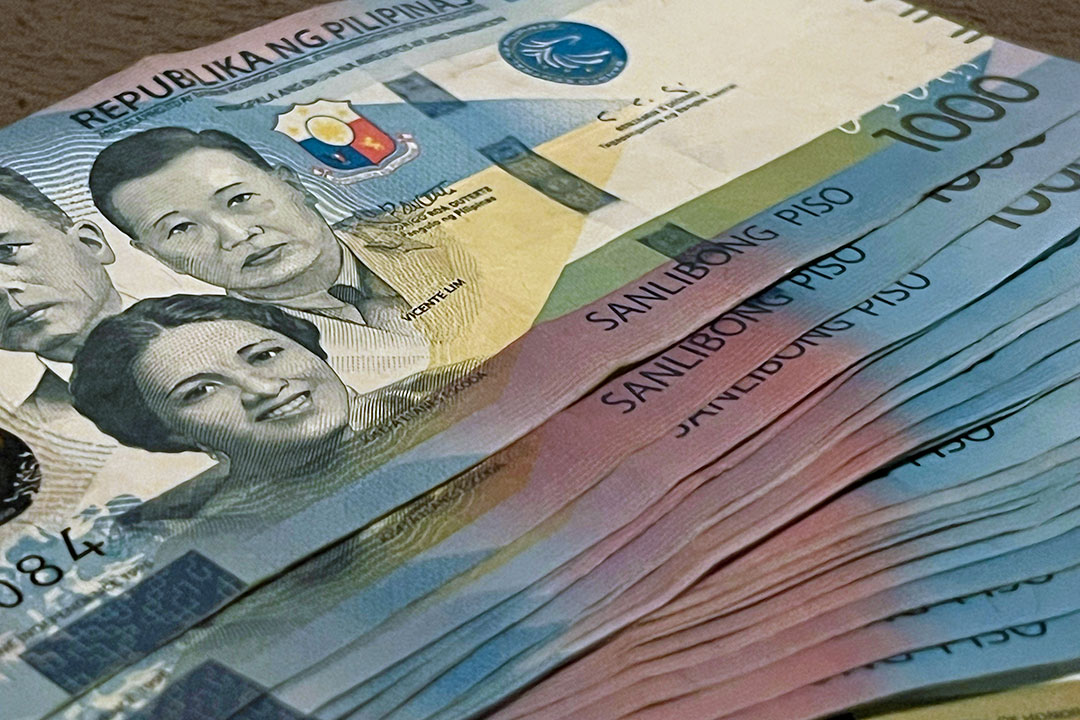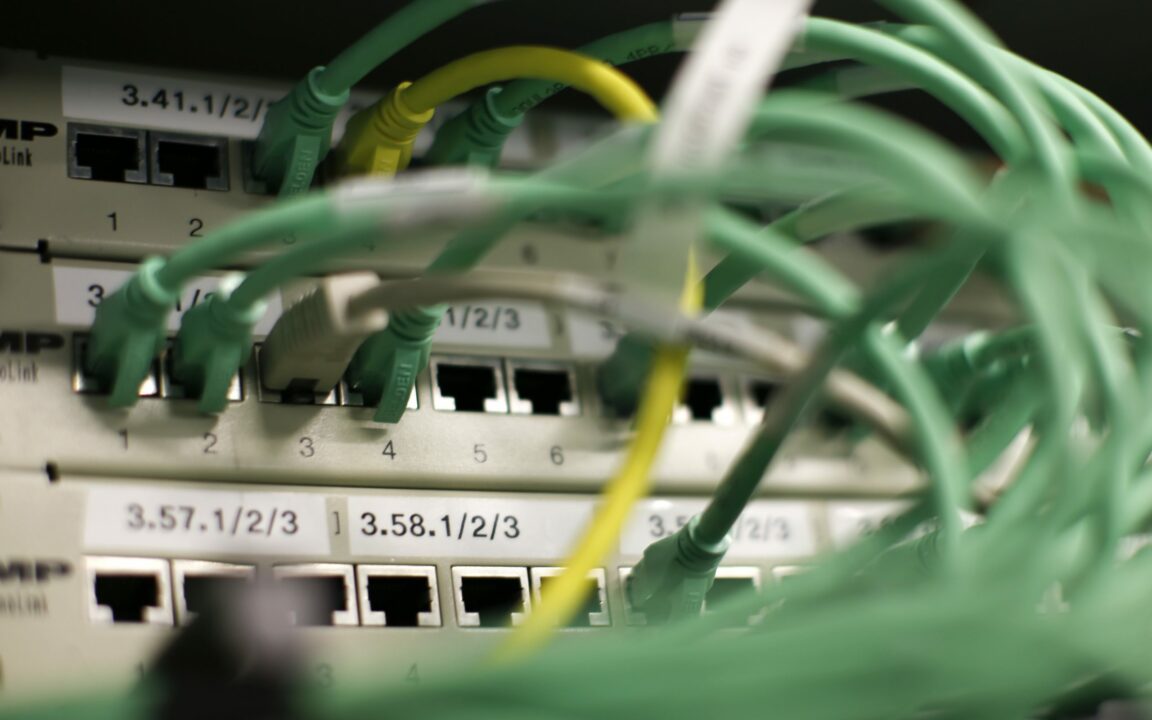
Upgrade to High-Speed Internet for only ₱1499/month!
Enjoy up to 100 Mbps fiber broadband, perfect for browsing, streaming, and gaming.
Visit Suniway.ph to learn
 The Philippine Coast Guard (PCG) deployed two PCG vessels and an aircraft in response to reports of illegal swarming by Chinese Maritime Militia (CMM) in Rozul Reef on June 20, 2025. — PHILIPPINE COAST GUARD
The Philippine Coast Guard (PCG) deployed two PCG vessels and an aircraft in response to reports of illegal swarming by Chinese Maritime Militia (CMM) in Rozul Reef on June 20, 2025. — PHILIPPINE COAST GUARDTHE US Embassy in Manila on Monday denounced the Chinese Coast Guard’s (CCG) use of a water cannon on a Philippine vessel conducting a resupply mission near Chinese-occupied Scarborough Shoal in the South China Sea last week.
“The United States stands with the Philippines in upholding freedom of navigation and condemning the China Coast Guard’s dangerous actions that disrupted a lawful Philippine mission to provide supplies to fisherfolk within the Philippines’ exclusive economic zone,” it said in a statement.
Beijing’s coast guard last week fired a water cannon at a Bureau of Fisheries and Aquatic Resources ship on its way to deliver supplies to Filipino fishermen near the shoal.
The vessel also faced unsafe maneuvers from the CCG ship that tried to hinder the mission.
The Philippines’ National Maritime Council earlier condemned China’s coast guard for its “aggressive” actions against Philippine civilian ships near Scarborough Shoal on June 20.
“We call on China to cease unlawful actions, act with restraint and adhere to international law to maintain regional peace and stability,” it said in a statement on Sunday.
The Philippine Coast Guard on Friday said two ships of the Bureau of Fisheries and Aquatic Resources were harassed by the CCG near Scarborough Shoal, with authorities monitoring two Chinese navy vessels loitering nearby.
“These actions violate international law,” the council said, adding that their activities jeopardize the safety of fishermen in the area.
Chinese ships have repeatedly barred Filipino fishermen from accessing Scarborough Shoal, which lies within Manila’s exclusive economic zone.
The atoll is a vast fishing lagoon near major shipping lanes that China seized in 2012 after a standoff with Philippine troops.
The shoal is 240 kilometers west of the main Philippine island of Luzon and is nearly 900 kilometers from Hainan, the nearest major Chinese landmass.
China claims nearly all of the South China Sea via a U-shaped, 1940s nine-dash line map that overlaps with the exclusive waters of the Philippines and neighbors like Vietnam and Malaysia.
A United Nations-backed tribunal in 2016 voided China’s sweeping claims for being illegal, a ruling that Beijing does not recognize.
Meanwhile, Japanese Ambassador to the Philippines Endo Kazuya said Japan seeks to deepen security ties with the Southeast Asian Nation.
“In light of the changing security environment, Japan intends to further strengthen cooperation with like-minded partners like the Philippines, which is located in a strategic position,” he told a news briefing.
Manila and Tokyo signed a reciprocal access agreement in July 2024, allowing the entry of equipment and troops for military drills and disaster response on each other’s soil.
Japan’s Parliament ratified the military pact last month, while the Philippine Senate did so in December.
Mr. Endo said the agreement is expected to promote security and defense cooperation between the two countries. “(This will) also firmly support peace and stability in the Indo-Pacific region.”
The deal is the first of its kind to be signed by Japan in Asia and coincides with increased Chinese assertiveness in the South China Sea, where Beijing’s expansive claims conflict with those of several Southeast Asian nations.
The Philippines and China have repeatedly clashed in the disputed waterway, with both sides accusing each other of raising tensions.
He added that both countries are also in talks for a security of information agreement that would allow them to share classified information.
“Japan also remains committed in supporting the modernization of the Armed Forces of the Philippines through the transfer of defense equipment to the Philippines and the utilization of Japan’s official security assistance,” Mr. Endo said. — Adrian H. Halili




